A well-ventilated room contributes to your comfort and health. Did you ever wonder where the air was coming from? If you're curious about how to tell which direction the air flows in an AC unit, we're here to help you find out! We've researched the answers for you.
The AC filter tells which way the air is going. It is marked with an arrow pointing towards the direction of the wind. In the event that the filter has no arrow, the stronger edge is where the air should point to. However, see below for some other ways you can identify where the air in an AC flows:
- See the airflow icon on the thermostat or AC's screen.
- Use a strip of paper or plastic.
- Check the louver.
In this post, we'll talk about which direction the air flows from the AC. We'll discuss the mechanics of airflow and why it's important to understand this element of your AC. There is so much more to learn, so keep reading!
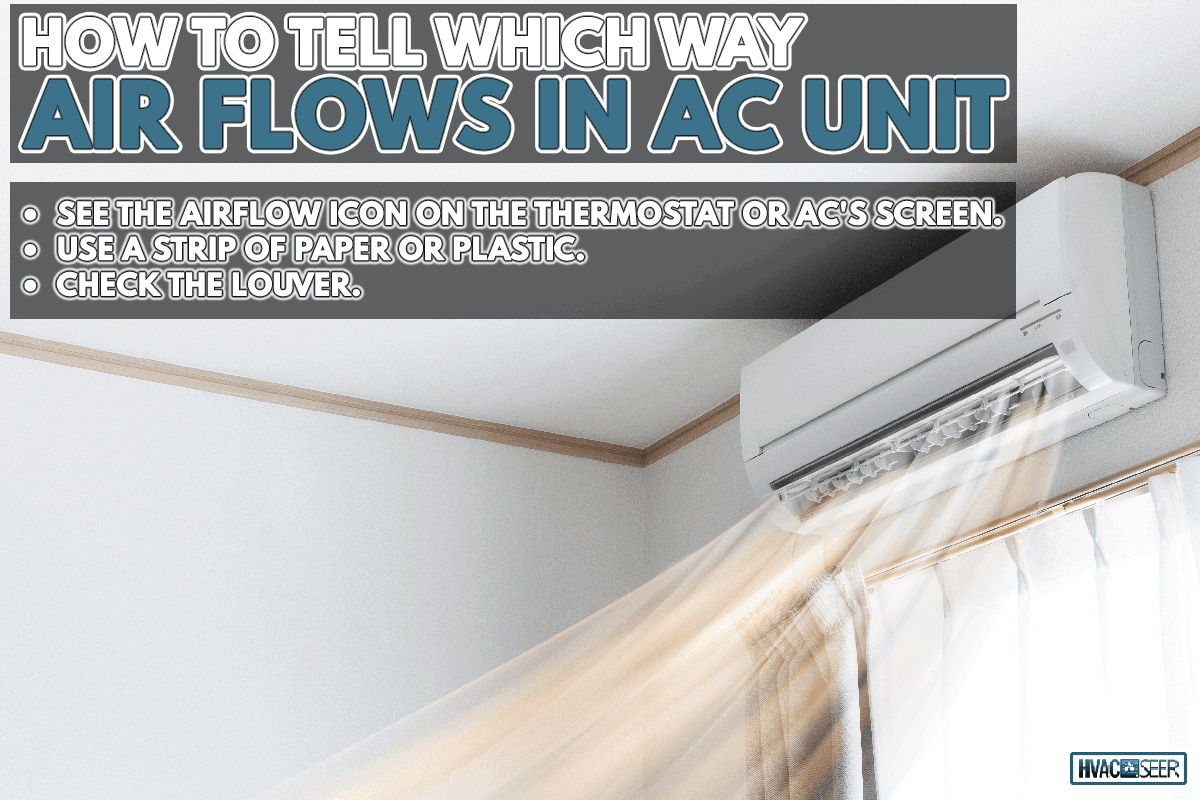
How to Tell Which Way Air Flows in an AC Unit
All AC units have an air filter to block solid particles like dust during the operation of the AC. The filter helps maintain air quality and enhance the room temperature. You can check the installed filter and find the arrow on it. The arrow is pointing towards the wind's direction.
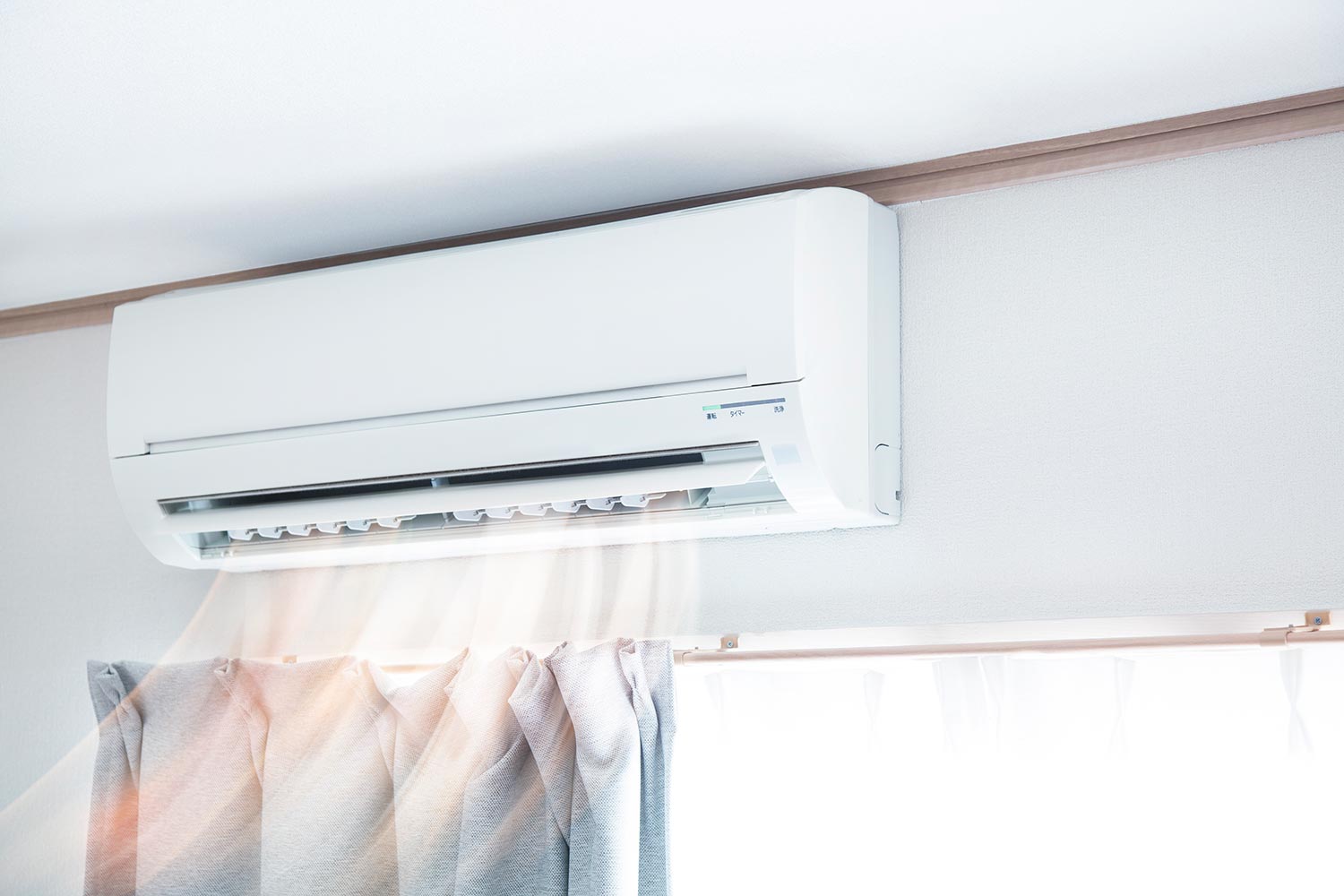
However, not all AC filters have an arrow. So you can check the firm edge of the filter where there's cardboard. This is usually where the air is pointing. Otherwise, you should manually check the direction yourself.
We'll provide a list of things you can do to identify which direction the AC air is flowing. See the options below, in no particular order.
1. Look for the Airflow Icon
Your thermostat probably has an icon displaying the current direction of the AC's airflow. From there, you can determine which way the air is going through. You can also check the AC's screen that tells the air's direction.
However, this feature is limited depending on the type of AC. You should refer to the manual if your AC has this feature.
2. Use a Strip of Paper or Plastic
You can tear some paper in half lengthwise to see where the air flows. Simply cut a few pieces of paper, then hold them up to the AC. You can also tape the paper strips near the AC's filter so that you can identify where the air is blowing.
Additionally, you can use plastic strips as an alternative to paper. The AC's air will ripple the strips once you turn the AC on.
3. Examine the Louver
A louver is a set of vertical blades that are usually made of plastic. These blades have a space between them to let the air pass from one space to another. A louver can also filter objects like debris.
You can check the louver to see where it is pointing. This should tell you the direction of the AC's airflow. Of course, you can adjust the louver manually depending on where you want the air to blow.
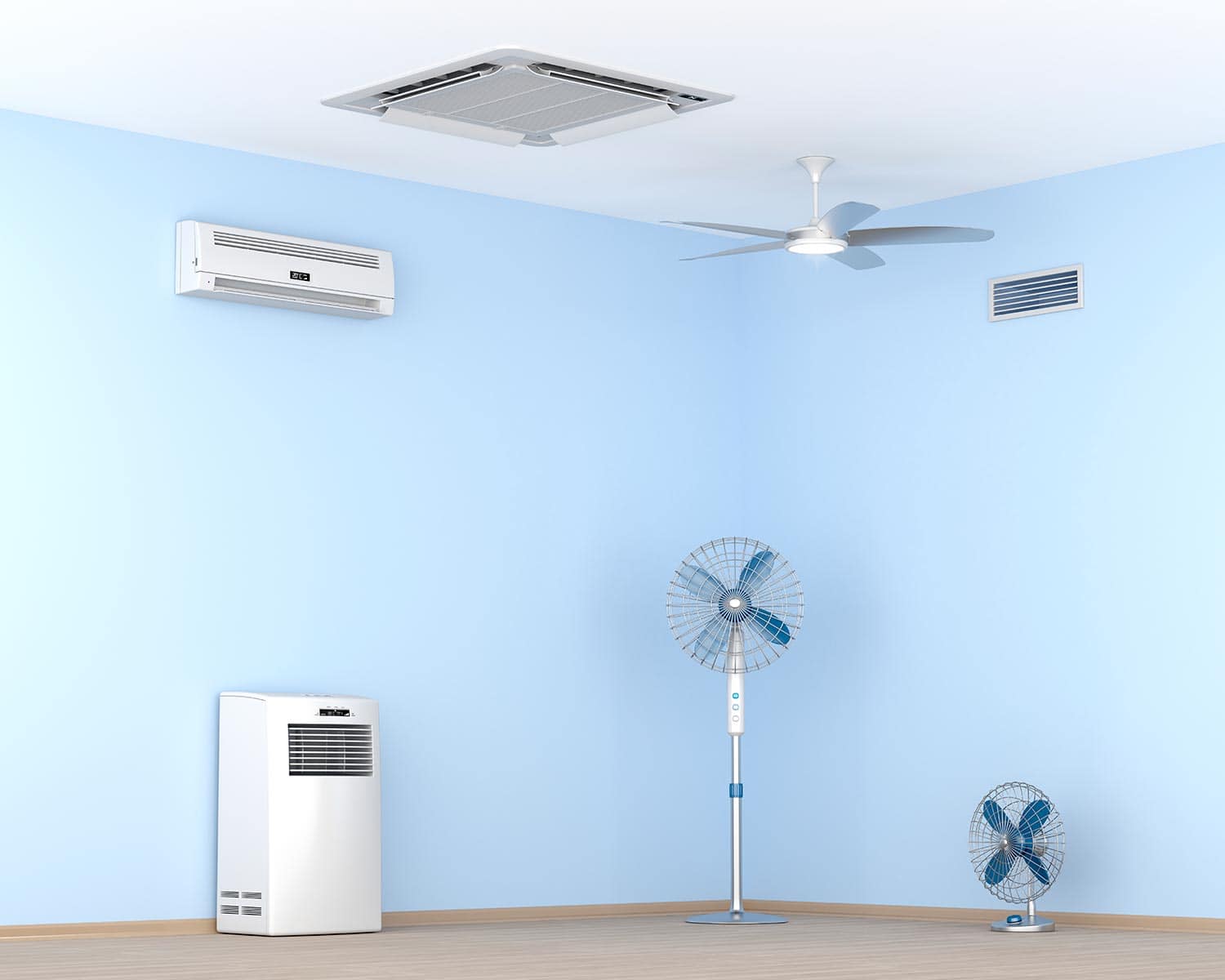
Why Does the Direction of Air Matter?
The air can circulate in the form of a loop or simply one-way to the exit. That's why it's important to know how the airflow affects you and the room temperature. See these common factors below.
Healthy Air Volume
An imbalance in air volume may lead to shortness of breath, dizziness, dry throat, and other breathing difficulties.
Pollutants may concentrate in the air that you may inhale later. Such pollutants are dust, pesticides, and evaporated moisture that may cause asthma, allergies, and respiratory issues.
Proper Air Distribution
It makes sense to maximize the efficiency of an AC by distributing the air throughout the room so that every space will adjust to the temperature. Lack of air will raise the temperature and even the moisture level. Airflow is a big factor in ventilation. That's why air redirection is crucial in how the room can trap the air before it exits the area.
You can distribute the airflow with an air circulator. This way, the AC's air will reach all the corners and spots of the room.
See this air circulator fan on Amazon.
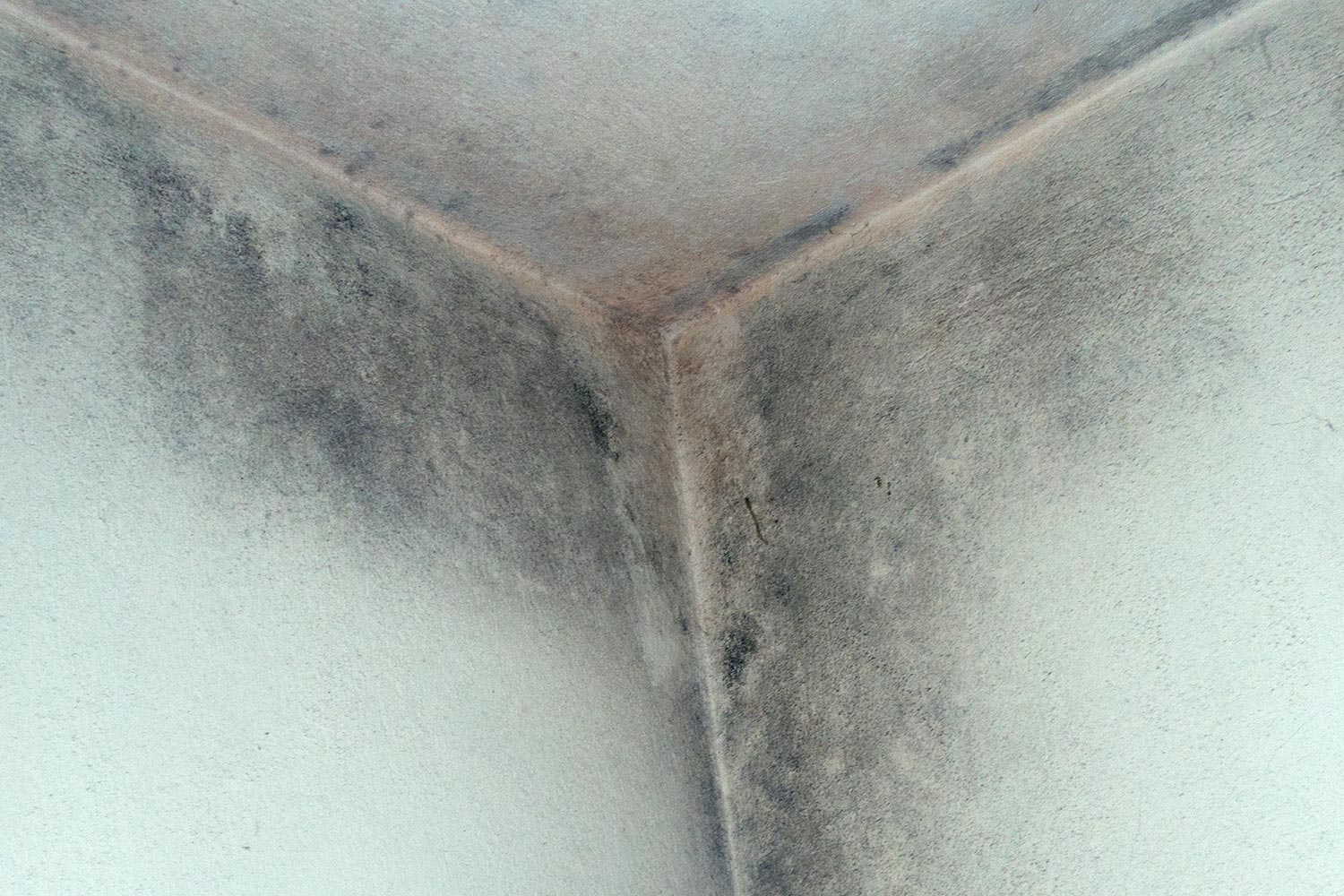
What Is a Dead Air Space In HVAC?
Dead air space refers to a space that is considered harmful to be in. There isn't a sufficient supply of air flowing through such a space, resulting in mold growth between the joists and ceiling. The dead air space can be found in a room with no windows, poor house materials, and no mechanical ventilators such as an electric fan or AC unit.
Prolonging dead air space may trigger the mold to grow faster. Therefore, the adjacent rooms with healthy ventilation may also sustain damage from the dead air spaces.
Where Should the Air Go Through?
As much as possible, the air should travel throughout the house before you let it out. You can have air vents passing between the ceiling and the floor and through the roof. The vents should have an opening in every room they pass through, so that the air is utilized before it goes to open space outside.
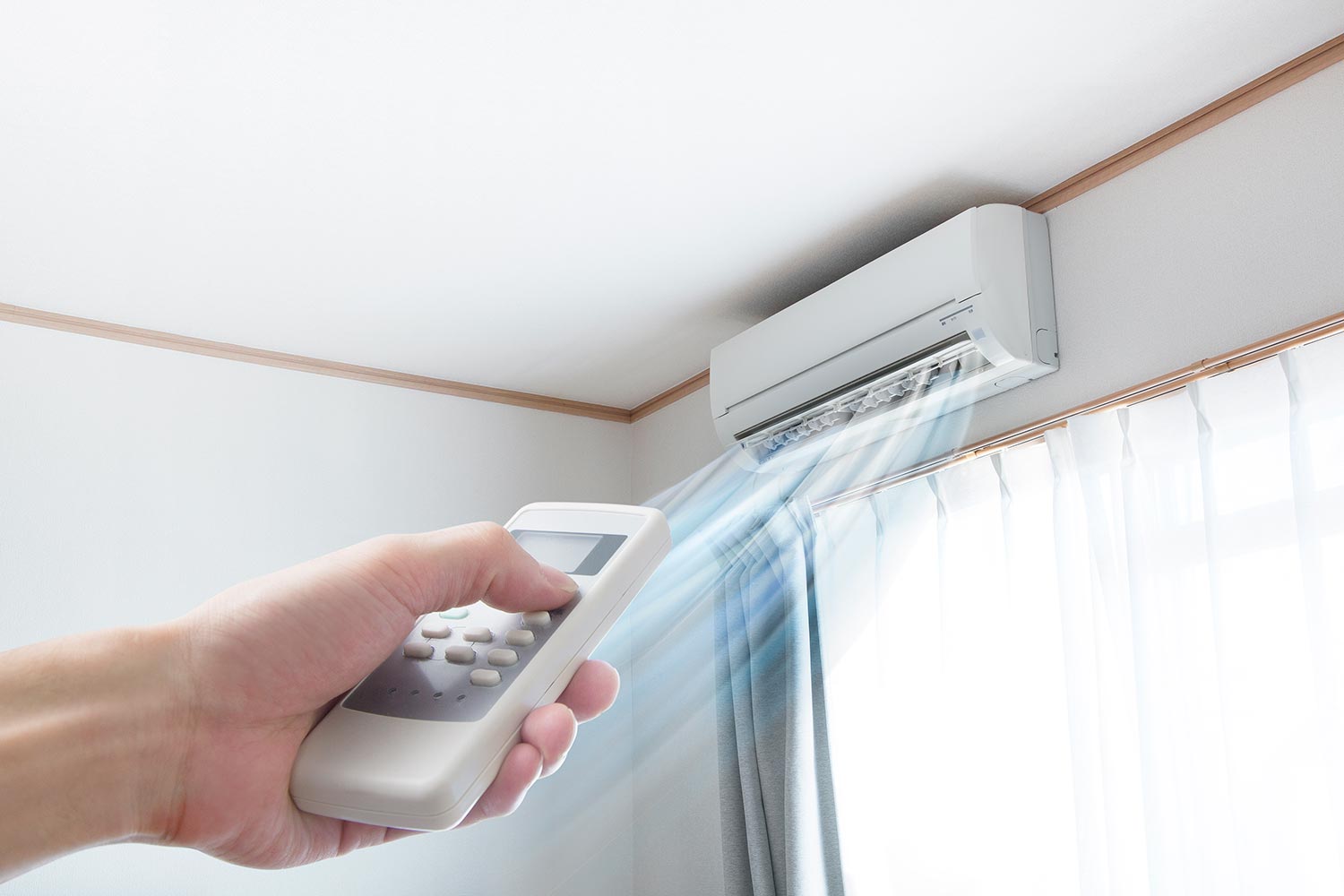
How to Redirect the Air From the AC?
It's important to learn how to redirect the airflow to other areas. We share options for doing this in the list below.
Use an Air Deflector
An air deflector is a portable item, usually made of plastic or metal, that you can attach to an AC to redirect the flow of air. The air deflector helps keep the air away from areas and materials that may suffer damage from long air exposure, like a leather couch. You just need to find the right size for your AC.
See this air deflector for AC on Amazon.
Connect to an Existing Air Vent
Another option is to tap an existing air vent to open a new airway. For instance, there's a ceiling vent but the air passing through it goes directly outside. Before you allow the air to exit, you can create another vent out of it. You should seek help from an HVAC technician for this option.
How to Resolve Mold Growth in a Room
In addition to improving a room's ventilation, there are more methods you can use to prevent mold from multiplying. See the options below.
Maintain Cleanliness
Keeping your house clean can help a lot with ventilation and air quality. However, mold can eat up house materials, like a wooden ceiling, which may require a renovation, depending on how severe the damage is.
To prevent mold growth, prepare the tools you'll need for cleaning:
A cleaning solution, preferably with bleach.
See this mold remover on Amazon.
Wear gloves for your protection.
Now proceed to these steps:
- Wet the moldy areas with water, then scrub the surface.
- Spray the cleaning solution on the mold and let it sit for at least 15 minutes.
- Scrub the surface where you sprayed the solution. You can reapply water and the solution until the mold is killed.
- Rinse the area with running water.
- Dry the area with a cloth rag.
Relocate the Plants
The soil from your plants can be a source of mold if they're frequently watered. The moisture needs to evaporate and exit the area. Otherwise, the moisture will be trapped inside the house.
You don't have to completely remove the plants from the indoor spaces. Instead, relocate them to better locations, like in front of a window or where the sunlight normally hits. Also, you can hang the indoor plants on the balcony or terrace to avoid attracting mold inside your home.
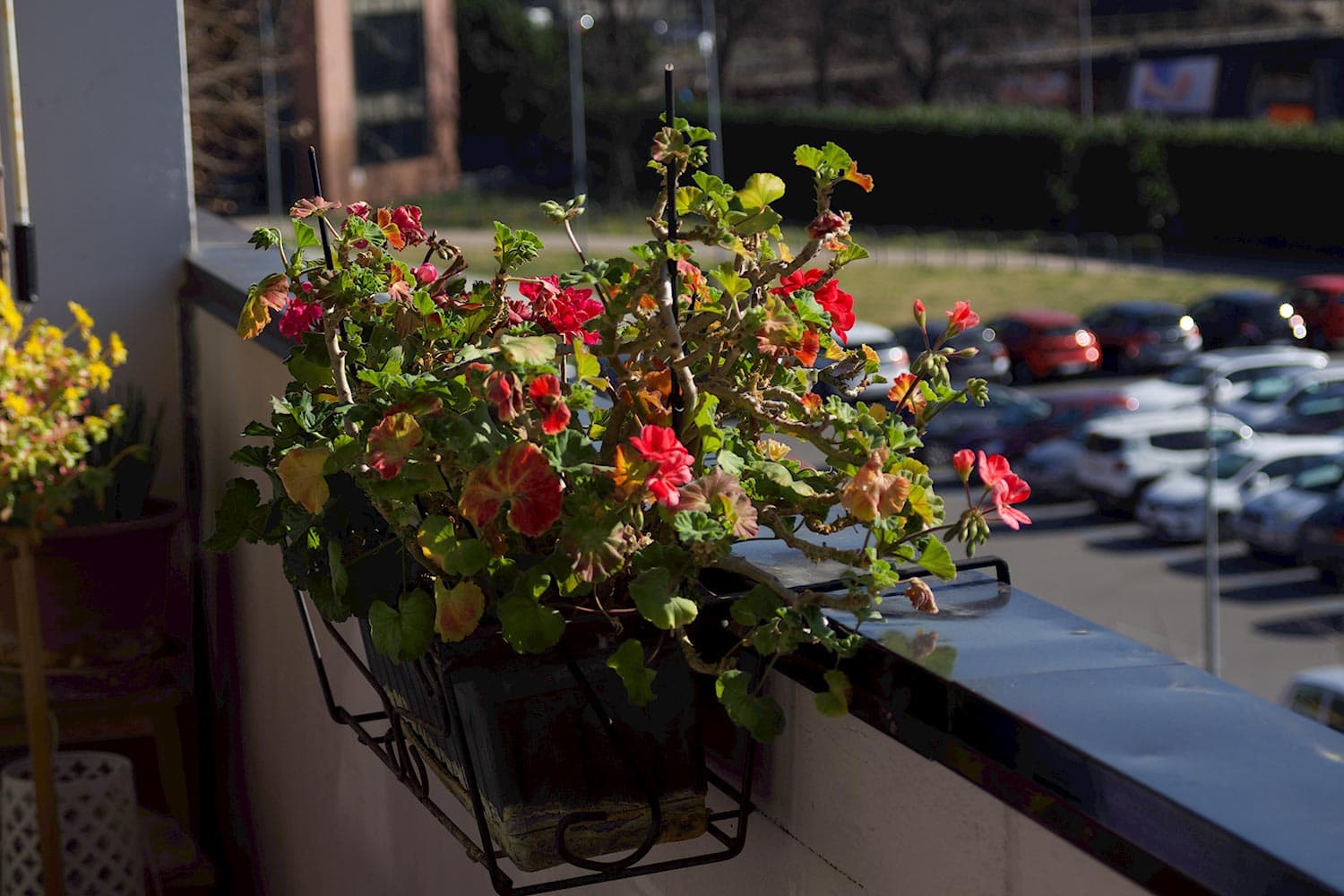
To Wrap Up
We hope you found this to be a useful article. We learned how to identify which way the air is blowing in an AC and provided some ways, like using paper strips, to check the direction of the airflow.
We also discussed the importance of air distribution in a room, how ventilation affects our health, how to redirect the air, and what you should do get rid of mold in your home.
Are you looking for more useful articles like this one? Then check these out!




